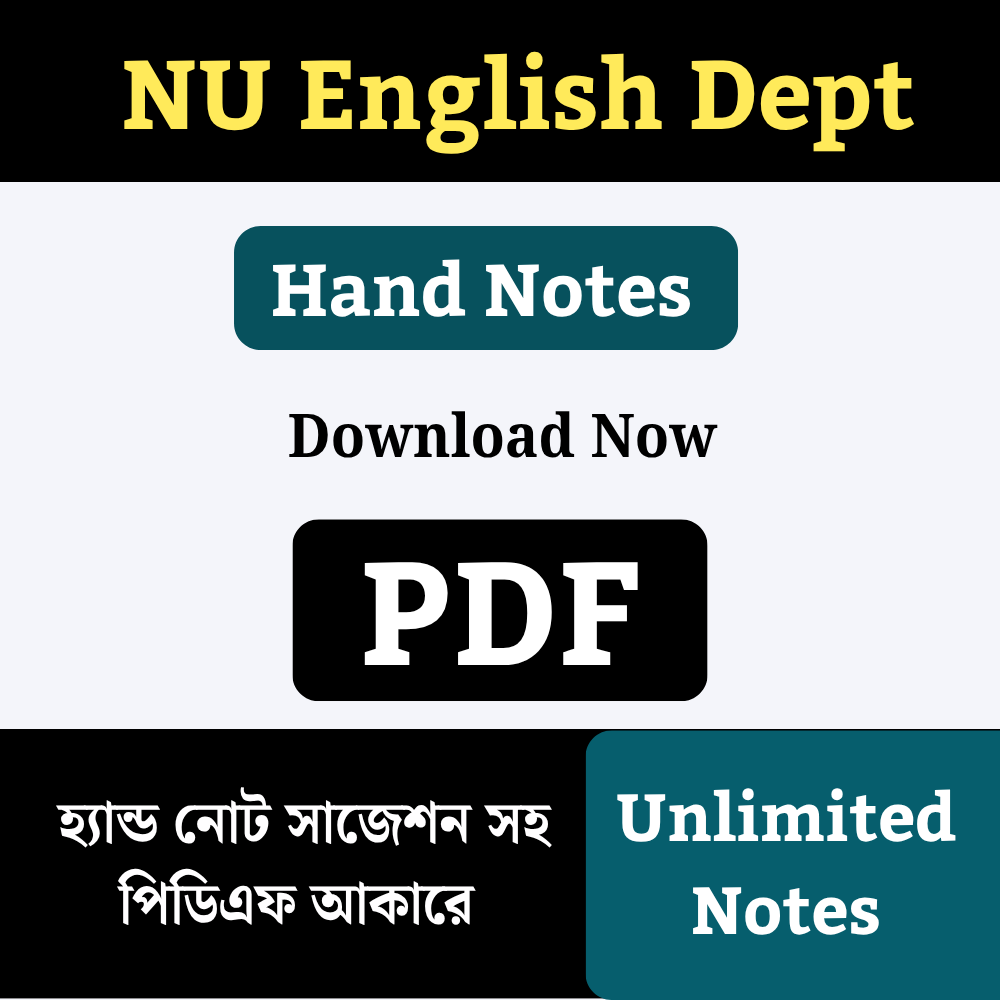Literary Term Sonnet
Sonnet is a lyrical poem with fourteen iambic pentameter lines. Each line contains five feet and ten syllables. It traditionally consists of 14 lines written in iambic pentameter, a rhythmic pattern characterized by ten syllables per line, with the stress falling on every second syllable. Sonnets often explore themes of love, beauty, time, and mortality.
Parts of Sonnets: The octave and the sestet are typically two main parts.
Read More: Literary Term Epigram
- Octave: The octave consists of the first eight lines of the sonnet. It often presents a problem, a situation, a question, or a theme.
- Sestet: The sestet follows the octave and comprises six final lines. It typically provides a resolution, a conclusion, an answer, or a contrasting viewpoint to the situation or problem presented in the octave.
Types of Sonnets: There are three different types of sonnets.
(1) Petrarchan sonnet.
(2) Shakespearean sonnet.
(3) Spenserian sonnet.
- Petrarchan Sonnet (Italian Sonnet): It’s divided into two parts—an octave (eight lines) followed by a sestet (six lines). The octave typically presents a problem, situation, or question, while the sestet offers a resolution, commentary, or a twist on the initial idea. The rhyme scheme is usually ABBAABBA for the octave and various options like CDCDCD or CDECDE for the sestet.
- Shakespearean Sonnet (English Sonnet): Comprises three quatrains (four-line stanzas) followed by a final rhymed couplet (two lines). The rhyme scheme is typically ABAB CDCD EFEF GG. These sonnets often build an argument or explore a theme across the three quatrains. This leads to a conclusion or a powerful statement in the closing couplet.
- Spenserian Sonnet: A variation named after Edmund Spenser, utilizing the rhyme scheme ABAB BCBC CDCD EE. It has three quatrains followed by a rhymed couplet, linking them together.
Read More: Literary Term Soliloquy
Characteristics of Sonnet: The sonnet is a poetic form popular in literature for centuries. Here are some key characteristics:
- Fourteen lines: Traditionally, a sonnet consists of 14 lines. This structure often includes a specific rhyme scheme and metrical pattern.
- Rhyme scheme: There are different types of sonnets, but they usually follow a specific rhyme scheme. The most famous types are the Italian or Petrarchan sonnet (abbaabba cdecde or cdcdcd) and the English or Shakespearean sonnet (abab cdcd efef gg).
- Meter: Sonnets are often written in iambic pentameter, which means each line has ten syllables in five pairs (or “feet”) of unstressed and stressed syllables.
- Divided structure: Traditional sonnets have a specific structure. The Petrarchan sonnet typically consists of an octave (eight lines) and a sestet (six lines), often with a turn or shift in focus between them. The Shakespearean sonnet often has three quatrains (four-line stanzas) followed by a final rhymed couplet.
- Themes: Sonnets traditionally explore themes of love, beauty, time, mortality, and the complexities of human emotions. They can also be used to express political or social commentary.
Read More: Literary Term Melodrama
- Volta: This term refers to the “turn” or shift in the poem’s subject or argument, often occurring between the octave and the sestet in Petrarchan sonnets or before the final couplet in Shakespearean sonnets.
- Straightforward language and structure: Sonnets typically demand a careful choice of words due to their limited length and structured form. Poets often use Straightforward language to convey their thoughts and emotions.
